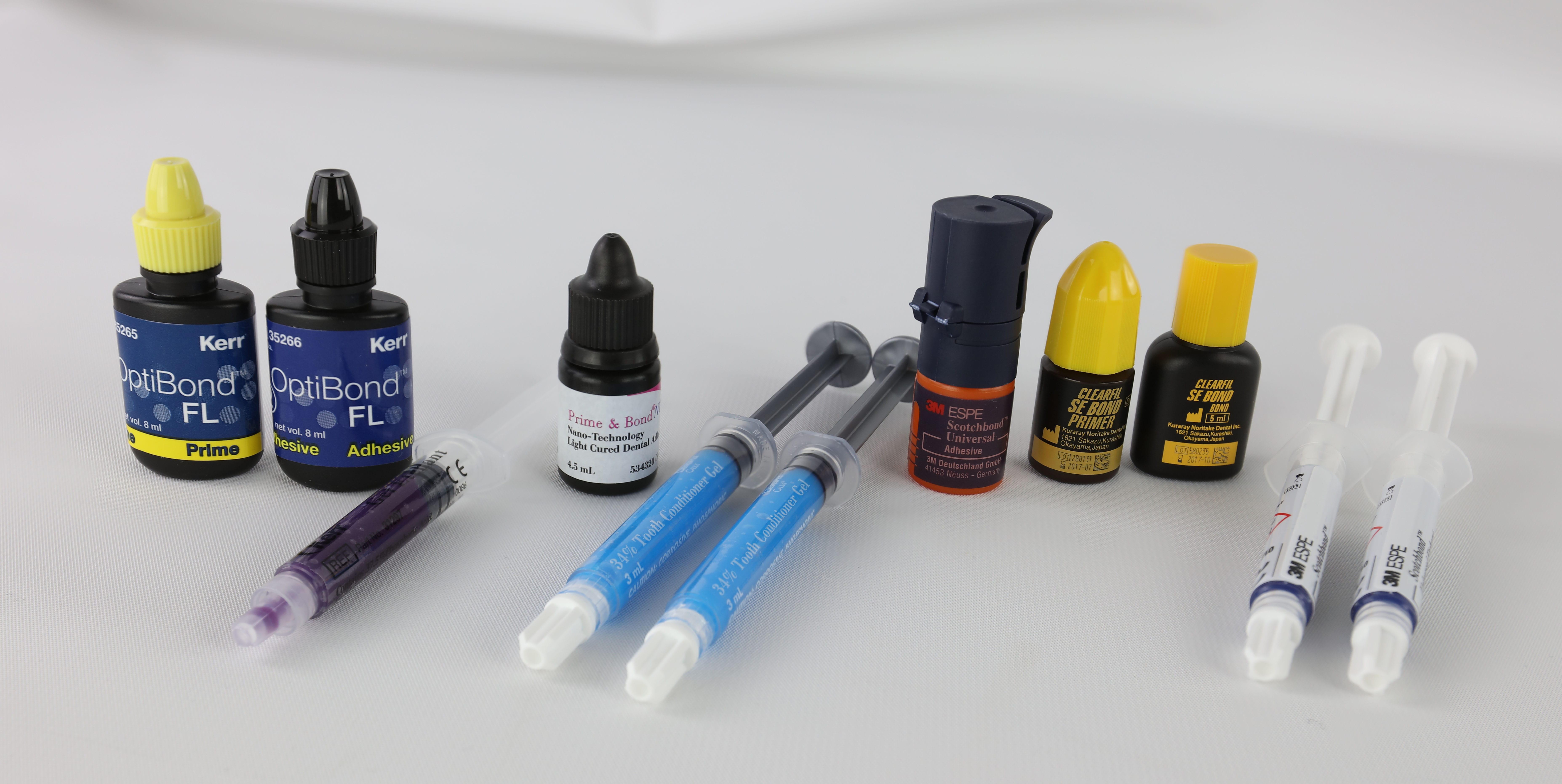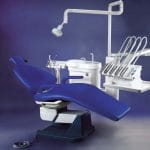In the world of dentistry, precision and attention to detail are paramount. Every procedure, from routine cleanings to complex restorations, relies on the right tools to achieve optimal results. Among these essential tools are dental burs—the unsung heroes of the dental industry. These small, rotating instruments are designed to cut, grind, and shape tooth structures with remarkable accuracy, making them indispensable in a wide range of dental procedures.
As technology continues to advance, leading manufacturers are constantly pushing the boundaries of dental bur design, offering an ever-expanding array of options to meet the diverse needs of dental professionals. Navigating these detailed catalogs can be daunting, but understanding the intricacies of dental burs is crucial for delivering high-quality patient care.
The Evolution of Dental Burs: From Ancient Origins to Modern Marvels
The history of dental burs dates back to ancient civilizations, where early practitioners used rudimentary tools crafted from materials like bone, flint, or copper. Over time, advancements in metallurgy and manufacturing techniques paved the way for more sophisticated dental burs.
A significant milestone in this evolution was the introduction of tungsten carbide materials in the mid-20th century. These materials exhibited exceptional hardness and durability, significantly enhancing the efficiency and effectiveness of dental burs. This breakthrough laid the foundation for a modern dental bur industry characterized by precision engineering and cutting-edge materials.
Today, leading manufacturers offer a wide range of dental burs designed for specific procedures. From diamond-coated burs for precise cutting and polishing to carbide burs for efficient removal of tooth structure, the options are vast and ever-evolving.
Decoding the Dental Bur Catalog: Understanding the Intricacies
Exploring detailed catalogs from leading manufacturers can be overwhelming due to the variety of shapes, sizes, and materials available. However, understanding the nuances of dental bur design is crucial for selecting the right tool for each procedure.
Shank Types and Handpiece Compatibility
When selecting a dental bur, one of the first considerations is shank type, which determines compatibility with different handpieces:
- Friction Grip (FG): Designed for high-speed handpieces; ideal for procedures requiring precision and speed.
- Latch Type (RA): Known as right-angle burs; compatible with low-speed contra-angle handpieces for greater control.
- Long Straight Shank (HP): Commonly used in laboratories; designed for low-speed handpieces and often employed in fabricating dental prosthetics.
Head Shapes and Their Applications
The head shape of a dental bur plays a crucial role in determining its cutting efficiency:
- Round Burs: Versatile tools used for cavity preparation and decay removal.
- Pear-Shaped Burs: Ideal for cavity preparation and finishing restorations.
- Inverted Cone Burs: Suited for creating undercuts and flattening walls during procedures.
- Tapered Fissure Burs: Commonly used for crown removal and sectioning multi-rooted teeth.
- Flame Burs: Designed for contouring during restorative procedures.
Materials Matter: Cutting Efficiency
The material composition of a dental bur significantly influences its performance:
- Diamond Burs: Coated with industrial-grade diamond particles; excellent for cutting through enamel and dentin.
- Carbide Burs: Durable options made from tungsten carbide; ideal for shaping harder materials.
- Stainless Steel Burs: Versatile but less durable than carbide or diamond options.
- Ceramic Burs: Known for their hardness; great for finishing and polishing restorations.
Grit Sizes and Color Coding
Dental burs are classified by grit size, affecting abrasiveness:
- White: Superfine
- Yellow: Extra Fine
- Red: Fine
- Blue: Standard
- Green: Coarse
- Black: Super Coarse
Selecting the appropriate grit size is vital for achieving desired precision levels in various procedures.
Choosing the Right Dental Bur: Factors to Consider
With numerous options available, selecting the right dental bur can be challenging. Consider these factors:
- Procedure Type: Different procedures require specific burs; cavity preparation may necessitate different tools than crown removal.
- Material Compatibility: The type of material being worked on should guide your choice in bur composition and grit size.
- Accessibility and Visibility: Certain shapes or shank types may be necessary to ensure optimal access during treatment.
- Patient Comfort: Minimize discomfort by considering factors like vibration and heat generation during procedures.
- Cost-Effectiveness: Evaluate longevity and reusability alongside quality when selecting burs.
By carefully weighing these factors against detailed catalogs from leading manufacturers, dental professionals can enhance their clinical outcomes while providing exceptional patient care.
Conclusion: Embracing Innovation and Precision
The world of dental burs is constantly evolving as manufacturers innovate with new designs and materials. By exploring detailed catalogs and staying informed about advancements in this field, dental professionals can access cutting-edge tools that improve patient outcomes.
As technology progresses, we can anticipate even more remarkable developments in dental bur design. These innovations will undoubtedly enhance efficiency and precision in dental procedures. Embracing these advancements reflects a commitment to providing high-quality care—ensuring that every patient receives personalized attention and exceptional service.
For more information on specific products and innovations in dental burs, visit leading manufacturers such as KaVo Kerr or Dentsply Sirona. By leveraging these resources, dental professionals can stay at the forefront of their field, ensuring that they provide the best possible care using the most advanced tools available.
What are the main types of dental burs?
Dental burs come in various types, each tailored for specific dental tasks. These include diamond, carbide, finishing, polishing, endodontic, and surgical burs.
How do I choose the right dental bur?
Choosing the right dental bur depends on the procedure, material, and desired outcome. Key considerations include the bur’s material, size, shape, and grit.















